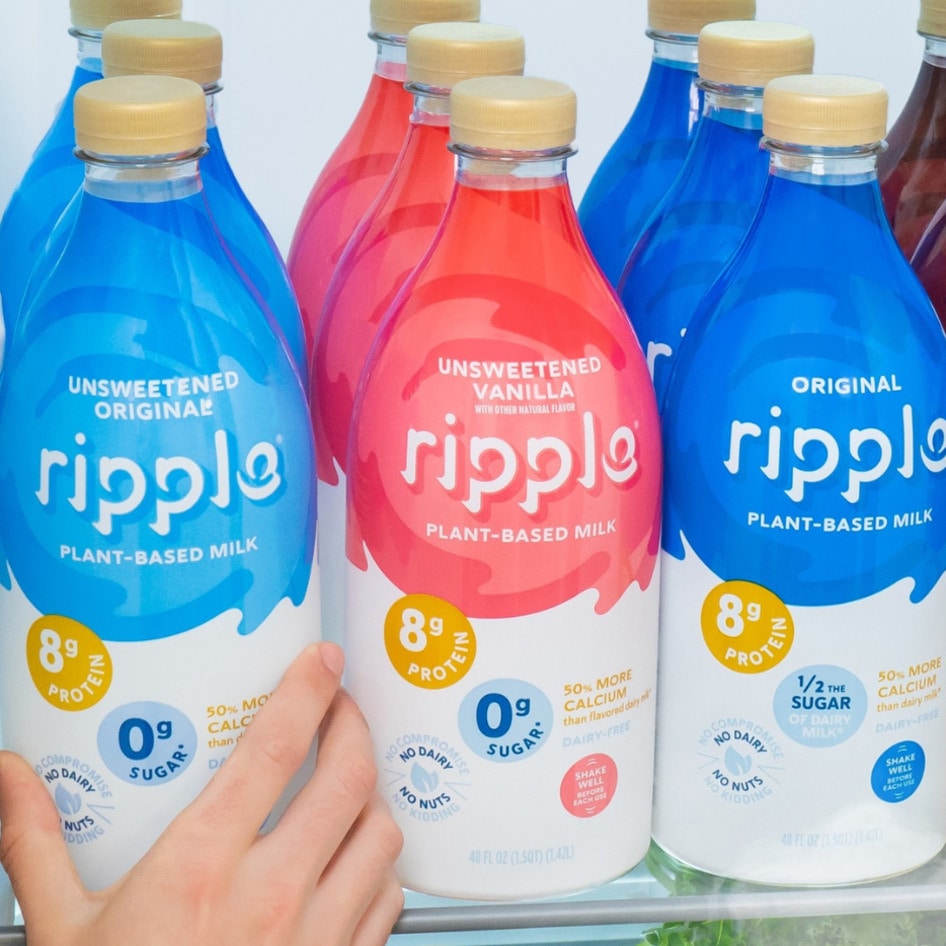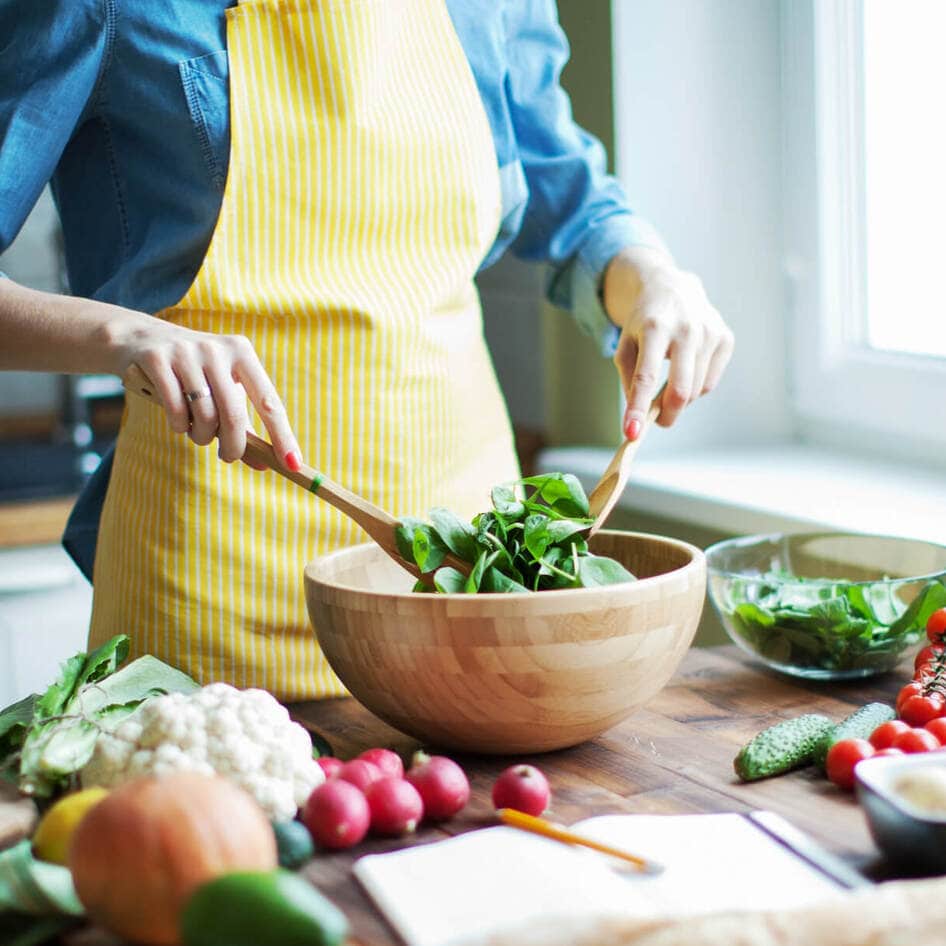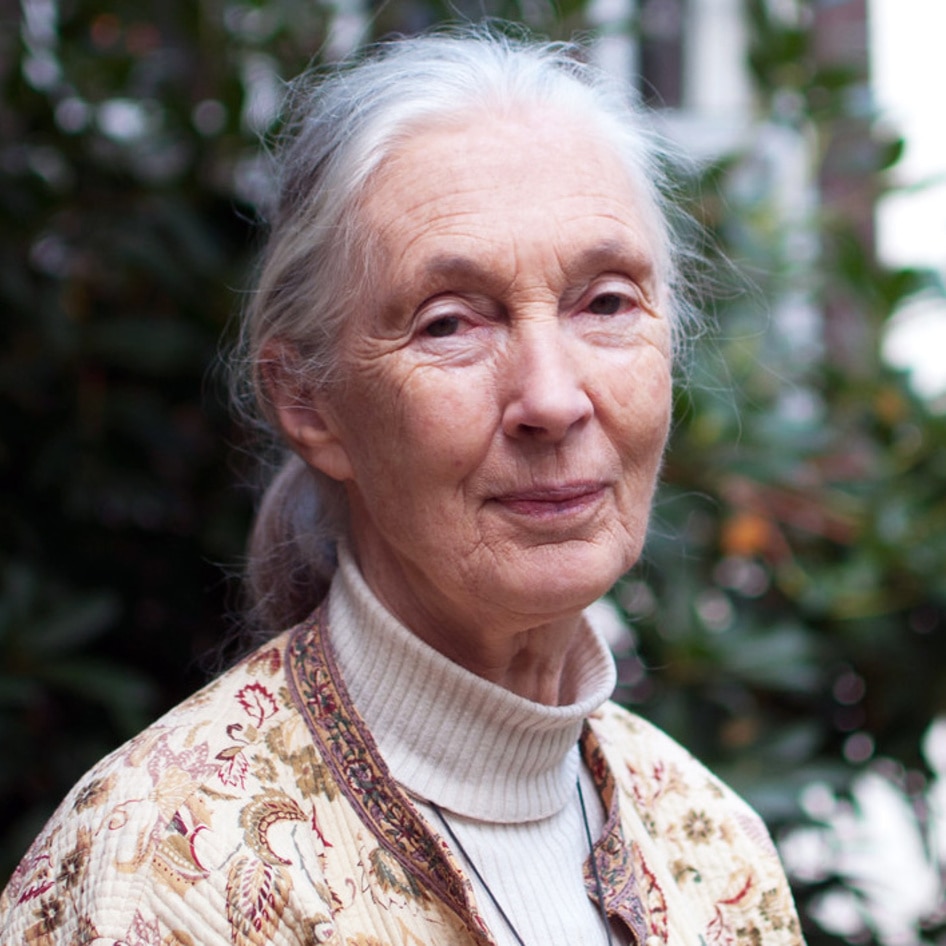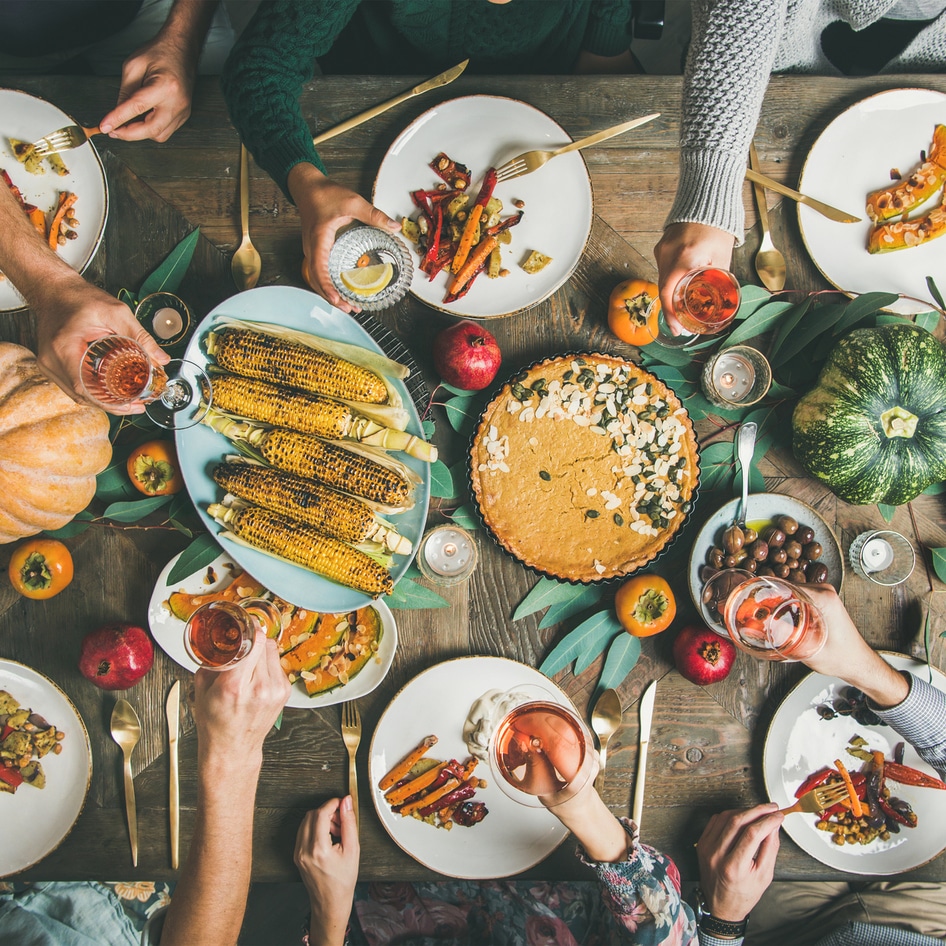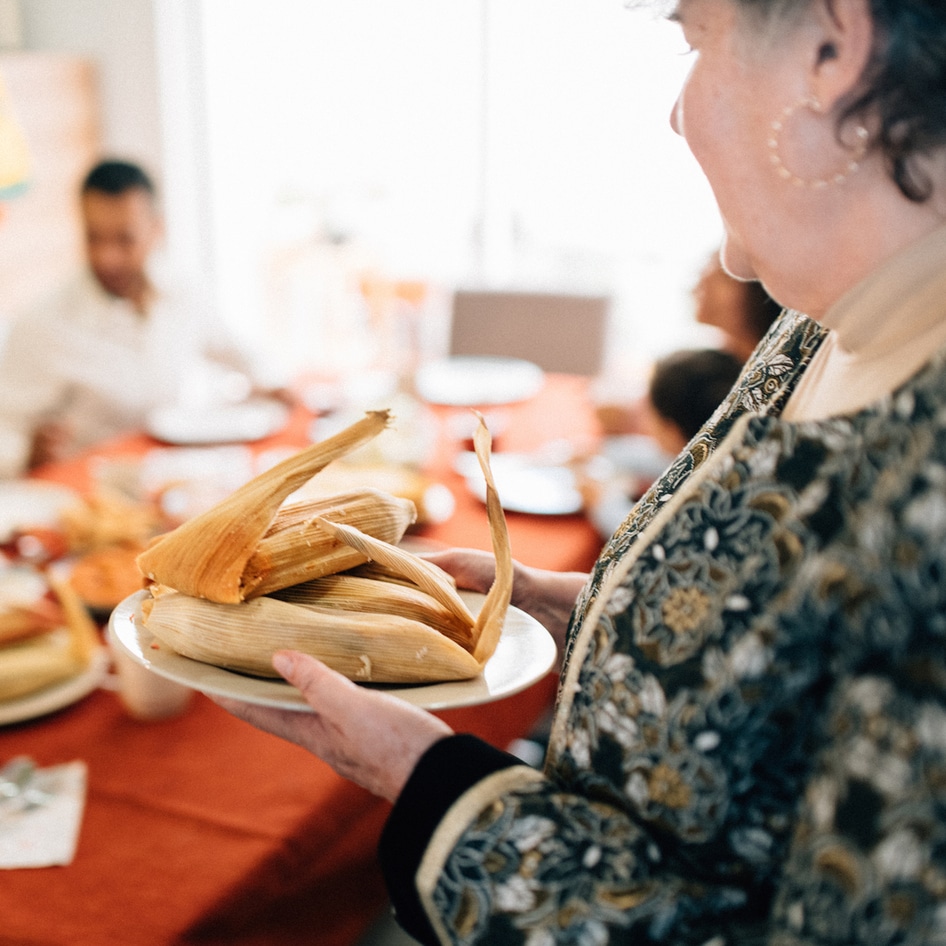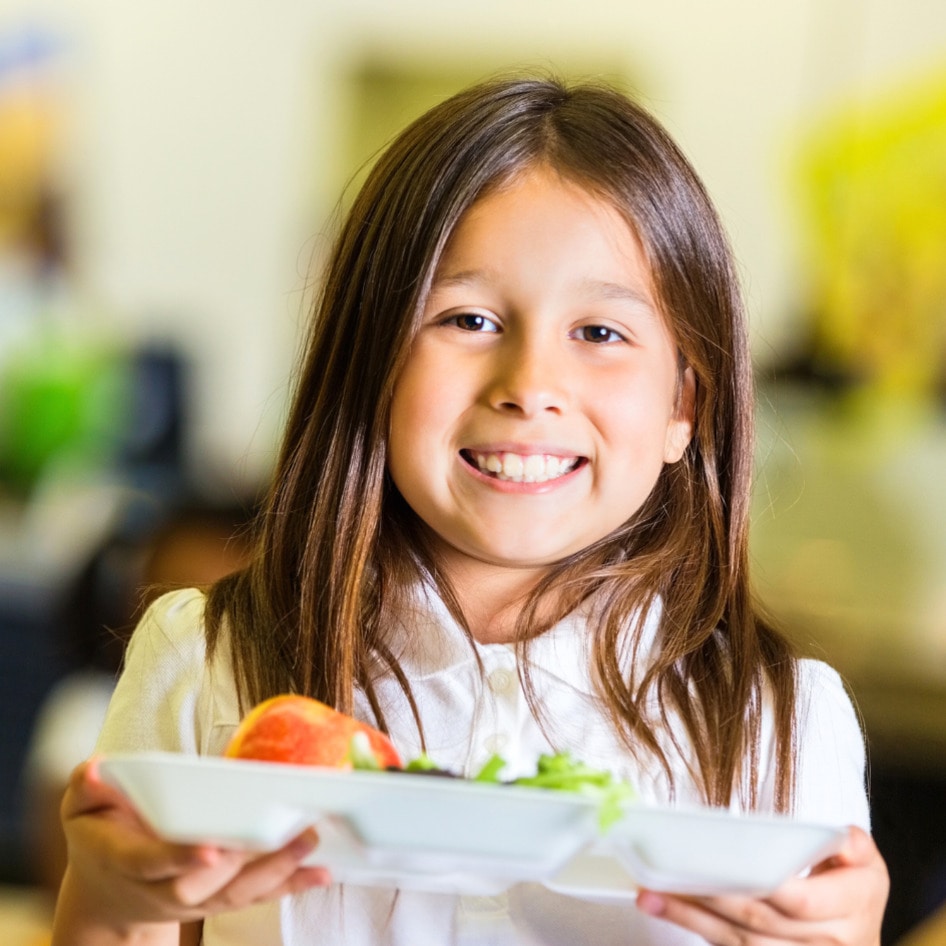When my partner and I decided to have a child, I knew I wanted to breastfeed—even though I wasn’t the one who was pregnant. My wife was carrying our baby, but I didn’t want our daughter to miss out on bonding with (and receiving the antibodies of) both her mothers. I also didn’t want to miss out on the experience myself. To induce lactation six weeks before our daughter was due, I had to set myself up with a breast pump every three or four hours. As you can imagine, it was not pleasant. I had blisters on my nipples and my skin was beyond raw. But as I sat there, choosing this uncomfortable scenario for the happiest possible reason, I couldn’t stop thinking about a group that I knew was in a far worse situation at that very moment, and certainly not by choice: cows raised for dairy. I suddenly had a new empathy for cows in the dairy industry who are forced to produce 10 times the amount of milk they would naturally make for their calves. It was obvious, sitting there with my painful pump, why they often develop mastitis, a painful breast infection, as a result. I couldn’t imagine enduring a life like theirs, where I was forced to keep pumping until I either died of exhaustion or was sent to slaughter.
Making the connection
Like many people who eventually go vegan, I was vegetarian first. I didn’t want to hurt animals, but I believed the bucolic green pastures on my milk carton represented reality, and I allowed myself to think cows “needed to be milked anyway.” Unfortunately, I soon learned these were falsehoods designed to sell a product acquired through suffering. First of all, most cows used for dairy live at factory farms, not on pastures. And not only do these cows rarely see the light of day; milk isn’t really “vegetarian.” Slaughter awaits all cows bred for dairy, whether they live at large factory farms or small family ones. But even worse, to me, is that baby calves at factory farms never know their mother’s love. In most cases, every baby a mother cow delivers is taken from her, often immediately after birth, so that humans can consume her baby’s milk instead.
A sacred bond
The moment I first held my baby to my chest was among the most sacred of my life. What would it be like to be captive and completely helpless as my daughter—and every future child—was taken from me? Regardless of whether one has children, for any empathic person, that thought is too painful to imagine. Mother cows who’ve had it happen before have been known to hide their calves and physically block workers from taking them. Once separated from their calves, cows cry out in emotional distress, sometimes for days, weeks, and even months, mourning in vain. My wife and I believe it is our responsibility to say this cruelty ends with us, especially when going dairy-free is also what’s best for the health of our children.
For the health of it
Evidence is mounting that cows’ milk is making us sick, and dairy is one of the most common allergens in children. Anyone who isn’t of a certain European descent has difficulty digesting dairy, since it was brought to the majority of the world relatively recently, leaving little time for genetics to adapt. An estimated 90 percent of Asian and Southeast Asian Americans, 74 percent of Native Americans, and 70 percent of African Americans—as well as the majority of Jewish, Latino, and Indian people—are lactose intolerant. The dairy industry has spent millions of dollars trying to convince us that our kids need dairy, but the mounting science shows that this simply isn’t true, and that they are likely better off without it. Today, at 20 months old, my dairy-free daughter is thriving. In fact, her pediatrician told us that the vegan kids in his practice were the healthiest.
Healthier, kinder options
With so many great plant-based milks on the market—many of them fortified with more calcium or protein than dairy milk—those of us who are parents have the chance to give our kids a healthier, kinder option. These days, virtually every dairy snack you can imagine your kids wanting, such as yogurt, pizza, and mac and cheese, has a great dairy-free version you can buy at your local grocery store or online. The country’s largest retailers, such as Walmart, Kroger, Safeway, and Publix, all carry dozens of dairy-free products. Even stores in my small, rural town sell dairy alternatives, including discount stores like Aldi.
We hold the power
Every day, as I hold my baby to my breast, I think of those other mothers who are suffering at this moment. I know I can’t get their babies back to them, but I promise I will try to do everything in my power to end the cycle of grief and pain. Regardless of whether we have breastfed our babies or have been breastfed when we were babies, shifting society away from cruel and unhealthy dairy consumption—and toward healthful, humane plant-based milks—begins with where we place our values, and where we spend our dollars. I, for one, am putting my money where my baby’s mouth is.
Meg York is an attorney and teacher who lives in beautiful Vermont with her wife, daughter, and four rescue animals.
JUMP TO ... Latest News | Recipes | Guides | Health | Subscribe

